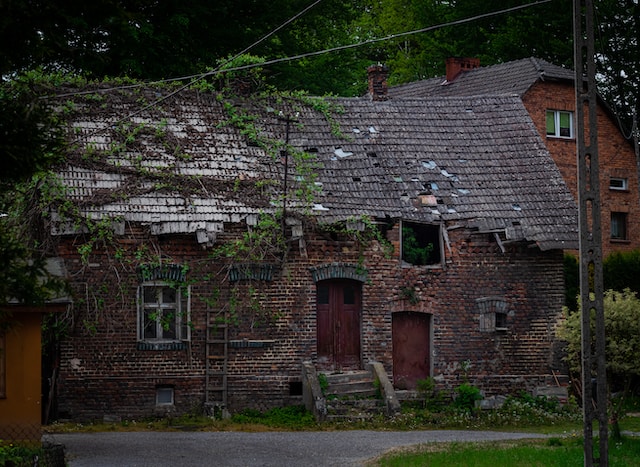Hertfordshire, known for its scenic landscapes, historic landmarks, and charming villages like Tring, is home to many older houses. While these properties come with an undeniable character and charm, they can also bring unique challenges, particularly when it comes to their electrical systems. If you own an older home in Hertfordshire, here are some common electrical problems you might encounter and what you can do about them.
1. Outdated Wiring Systems
One of the most common issues in older homes is outdated wiring. Many houses built before the 1960s used knob-and-tube or aluminium wiring, both of which can present safety hazards. Knob-and-tube wiring lacks a ground wire, essential for preventing electrical shocks. Aluminium wiring, on the other hand, can expand and contract, leading to loose connections and a potential fire risk.
If your home still has its original wiring, it might be time for an upgrade. Rewiring can be a large project, but it’s worth it for the safety and peace of mind it brings.
2. Insufficient Electrical Capacity
Modern appliances and devices require significantly more power than those of the past. Older homes were not built with this level of electrical demand in mind, and as a result, you may find that your system struggles to cope. If your circuit breakers frequently trip or your lights dim when you use multiple appliances, it’s likely a sign that your home’s electrical capacity needs upgrading.
3. Lack of Outlets
Another common issue in older homes is a lack of outlets. This can lead homeowners to rely heavily on extension cords, which can pose a fire risk if used improperly. Adding more outlets is usually a straightforward job for a qualified electrician and can make your home more convenient and safer.
4. Old Fuse Boxes
Older homes often have old-style fuse boxes rather than modern circuit breakers. While fuse boxes can still function, they are less convenient and less safe than circuit breakers. Upgrading to a modern consumer unit with a circuit breaker and RCD protection can improve safety and make it easier to restore power if a circuit trips.
5. Faulty Light Switches or Outlets
Over time, light switches and outlets can wear out and become faulty. If you have switches or outlets that don’t work, it could be a sign of a deeper issue within your electrical system. It’s best to have these issues checked out by a professional electrician.
The Importance of Professional Help
While it might be tempting to try and fix these issues yourself, it’s crucial to remember that working with electricity can be dangerous. It’s always best to hire a professional, qualified electrician. They can perform a thorough inspection, identify any issues, and carry out repairs or upgrades safely and in line with the latest regulations.
Living in an older Hertfordshire home can be a joy, but it’s essential to be aware of the potential electrical challenges that come with these properties. Regular inspections and proactive upgrades can help ensure your home is safe and capable of meeting your modern electrical needs.
Remember, when it comes to electrical work, safety should always come first. If you’re experiencing any of the issues mentioned in this article, or if you’re unsure about the condition of your home’s electrical system, consider reaching out to a local Tring electrician today. They can provide the expertise and support you need to keep your home’s electrical system in top condition.

Recent Comments